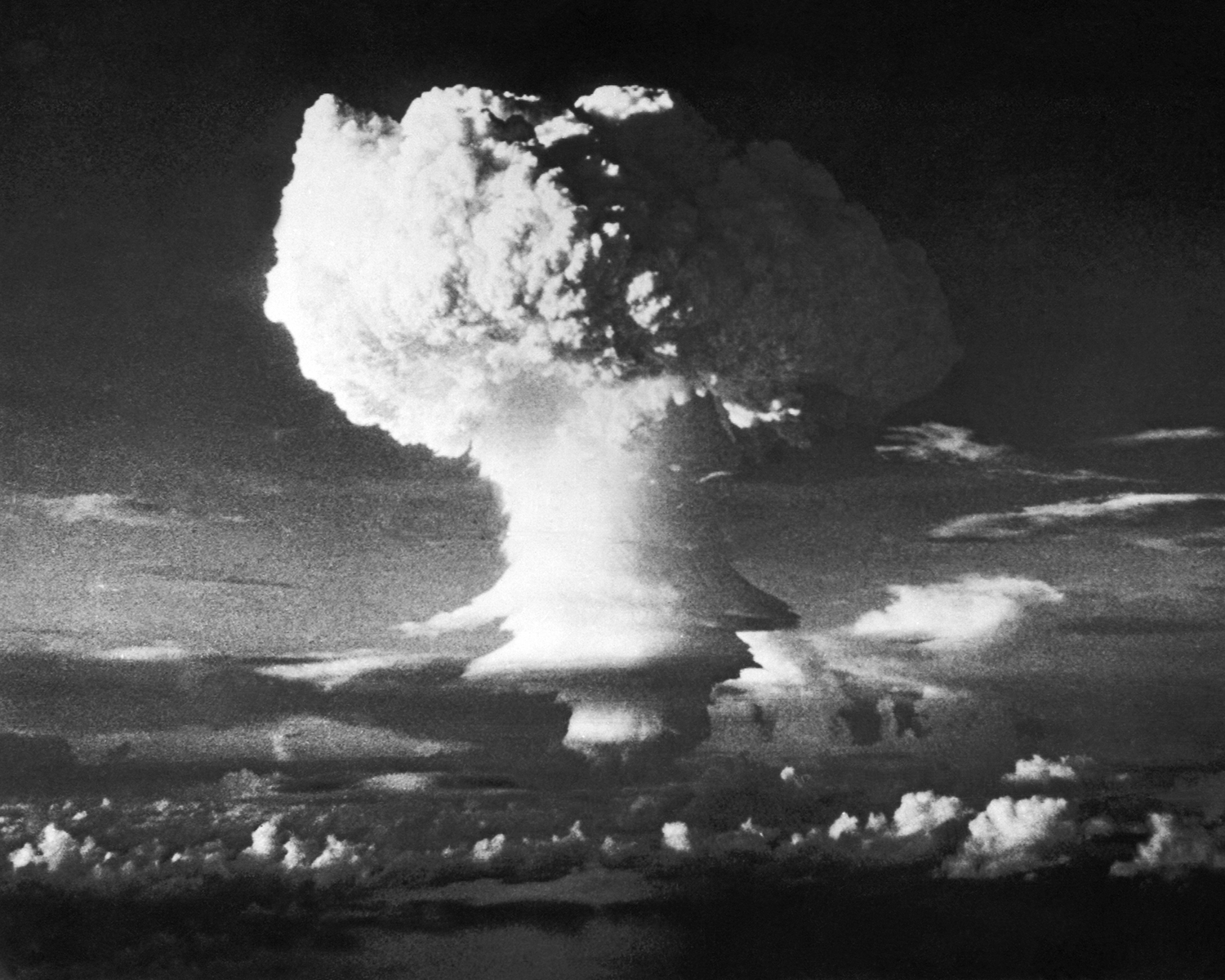Anthropocene: Planet Earth has entered new epoch, experts say
'The phenomenon is of sufficient scale to be considered as part of the Geological Time Scale'

Your support helps us to tell the story
From reproductive rights to climate change to Big Tech, The Independent is on the ground when the story is developing. Whether it's investigating the financials of Elon Musk's pro-Trump PAC or producing our latest documentary, 'The A Word', which shines a light on the American women fighting for reproductive rights, we know how important it is to parse out the facts from the messaging.
At such a critical moment in US history, we need reporters on the ground. Your donation allows us to keep sending journalists to speak to both sides of the story.
The Independent is trusted by Americans across the entire political spectrum. And unlike many other quality news outlets, we choose not to lock Americans out of our reporting and analysis with paywalls. We believe quality journalism should be available to everyone, paid for by those who can afford it.
Your support makes all the difference.Planet Earth has entered a new epoch dubbed the Anthropocene because of the extent of humanity’s impact on the planet, according to a group of experts.
An international working group set up to consider the question voted by 34 to zero, with one abstention, that the Anthropocene was real in a geological sense.
The warming temperature, higher sea levels, ash from fossil fuels, plastic waste, a dramatic increase in erosion, the spread of animal species around the world and radioactive particles left around the world from nuclear bomb tests would all contribute to permanent changes in the Earth’s rocks, the scientists said.
They are still considering what date should be chosen for the so-called “Golden Spike” – a line in the rock the marks the boundary between the Holocene and Anthropocene epochs, but believe it should be in the mid-20th century.
The announcement was made at the 35th International Geological Congress in South Africa. Their recommendation would have to be agreed by the International Union of Geological Sciences in order to be formally declared and enter textbooks.
A statement issued by Leicester University about the working group’s “provisional recommendation” said: “The Anthropocene concept … is geologically real.
“The phenomenon is of sufficient scale to be considered as part of the International Chronostratigraphic Chart, more commonly known as the Geological Time Scale.”
The idea that the world had entered an epoch defined by humans was first suggested in 2000 by scientists Paul Crutzen and Eugene Stoermer.
“Human impact has left discernible traces on the stratigraphic record for thousands of years – indeed, since before the beginning of the Holocene,” the statement said.
“However, substantial and approximately globally synchronous changes to the Earth system most clearly intensified in the ‘Great Acceleration’ of the mid-20th century.
“The mid-20th century also coincides with the clearest and most distinctive array of signals imprinted upon recently deposited strata.
“Changes to the Earth System that characterise the potential Anthropocene Epoch include marked acceleration to rates of erosion and sedimentation, large-scale chemical perturbations to the cycles of carbon, nitrogen, phosphorus and other elements, the inception of significant change to global climate and sea level, and biotic changes such as unprecedented levels of species invasions across the Earth.
“Many of these changes are geologically long-lasting, and some are effectively irreversible.
“These and related processes have left an array of signals in recent strata, including plastic, aluminium and concrete particles, artificial radionuclides, changes to carbon and nitrogen isotope patterns, fly ash particles, and a variety of fossilizable biological remains. Many of these signals will leave a permanent record in the Earth’s strata.”
Speaking to The Independent earlier this month, Dr Colin Waters, secretary of the Anthropocene Working Group, compared the changes made by humans on Earth to the end of the last ice age some 11,500 years ago, the start of the Holocene epoch.
"In the last century we have had such a huge impact that we’re actually taking the planet away from that natural [climate] oscillation and changing the trend for global temperatures from what should have been a cooling trend to a warming trend,” he said.
The working group had been expected to make the recommendation and they are now likely to look for a symbolic line that will mark the beginning of the Anthropocene. This could be in a sediment that will turn into rock in the future, in a coral reef or even in tree rings.
Writing in the journal Nature, Professor Clive Hamilton, an ethicist at Charles Sturt University in Australia, cautioned against scientists who declared "Welcome to the Anthropocene".
"At first I thought they were being ironic, but now I see they are not. And that’s scary," he said. "The idea of the Anthropocene is not welcoming. It should frighten us. And scientists should present it as such."
Join our commenting forum
Join thought-provoking conversations, follow other Independent readers and see their replies
Comments